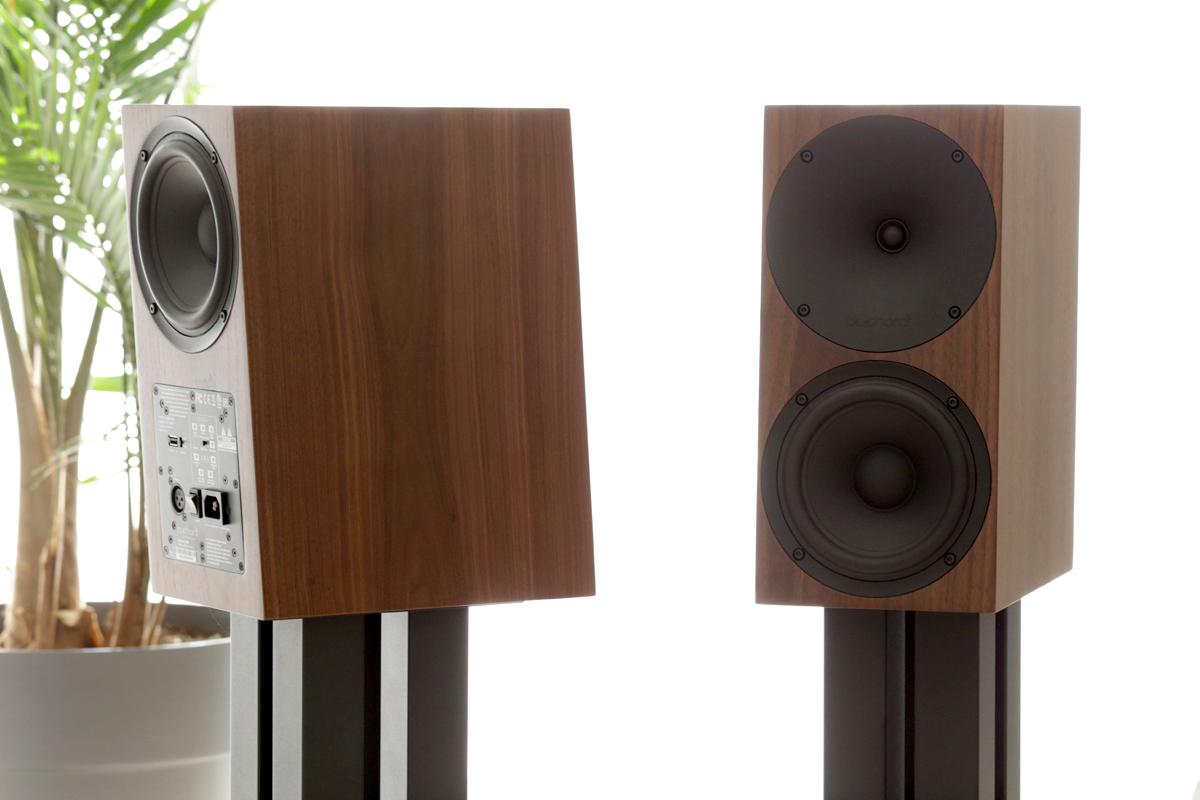OP
- Thread Starter
- #41
Got a little paranoid about not having done enough measurements before my review, so did some more today.Unfortunately the 1,800Hz crossover isn't on buchardt's site anymore (they said it was a test), and that's what I most wanted to test to see how it affects vertical directivity.
My previous spin was for the nearfield tuning. Here it is for the stock tuning. I used a 5.5ms gate this time instead of 6.5ms because there's a small reflection from my setup affecting the region below 800Hz, especially the vertical measurements. Not sure why this speaker seems to be a little more sensitive to this than others in this respect:

Note how the upper bass and lower mids are more directive with this tuning than the nearfield one or some of the other tunings. This is evident in a few ways. Look at the horizontal components of the ER curve, for example:

Something about this tuning creates a bit of a null around 200 Hz to the rear. Not sure exactly the thinking or how behind doing this, but it does have an impact on the in-room measurements too, reducing a null I normally get around there.
Also visible in the polars:

Which is noticeably different from the nearfield tuning below 500Hz

Although the nearfield tuning is also more directive than usual.
Unfortunately I won't be able to do any more measurements as I am preparing to move, but I do have a few more measurements to share.
My previous spin was for the nearfield tuning. Here it is for the stock tuning. I used a 5.5ms gate this time instead of 6.5ms because there's a small reflection from my setup affecting the region below 800Hz, especially the vertical measurements. Not sure why this speaker seems to be a little more sensitive to this than others in this respect:
Note how the upper bass and lower mids are more directive with this tuning than the nearfield one or some of the other tunings. This is evident in a few ways. Look at the horizontal components of the ER curve, for example:
Something about this tuning creates a bit of a null around 200 Hz to the rear. Not sure exactly the thinking or how behind doing this, but it does have an impact on the in-room measurements too, reducing a null I normally get around there.
Also visible in the polars:
Which is noticeably different from the nearfield tuning below 500Hz
Although the nearfield tuning is also more directive than usual.
Unfortunately I won't be able to do any more measurements as I am preparing to move, but I do have a few more measurements to share.


